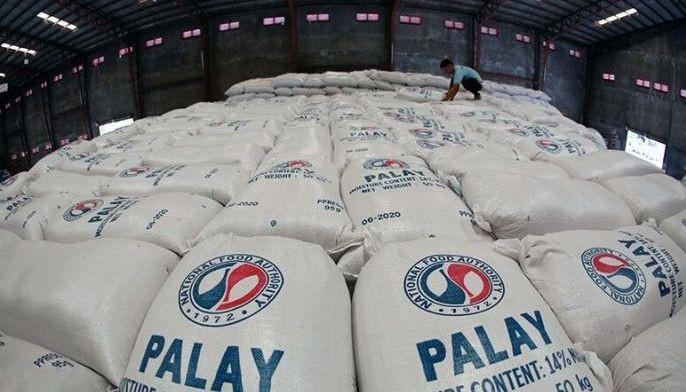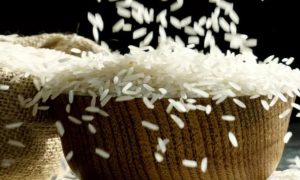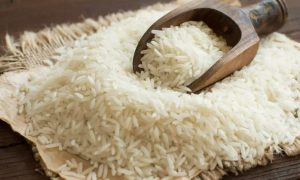Rice tariff reduction loss may hit P22 billion – DOF

MANILA, Philippines — The Department of Finance (DOF) projects revenue losses from the rice tariff cut to 15% could reach P22 billion this year, up from an initial P10 billion estimate. Despite the expected impact on government revenue, Finance Secretary Ralph Recto remains optimistic, highlighting potential inflation reduction and interest rate cuts. The Philippine Statistics Authority estimates rice prices may drop by P6-P7 per kilo. The government plans to increase the Department of Agriculture’s budget to support farmers.
MANILA, Philippines — The Department of Finance (DOF) has estimated that revenue losses from rice tariff reduction may reach up to P22 billion this year as the government moves to bring down inflation and eventually cut interest rates to make room for economic growth.
Finance Secretary Ralph Recto said the latest projection showed that losses could range from P20 billion to P22 billion after President Marcos approved the reduction of rice tariff to 15 percent from the current 35 percent.
This was higher than the DOF’s initial estimate of P10 billion a few weeks ago. At the time, the exact tariff rate had yet to be determined.
Despite the losses, Recto remains unfazed with the potential hit on one of the government’s revenue generating measures.
“Once we are able to reduce inflation, hopefully, we can reduce interest rates. And that will create more growth so we can recover those losses,” Recto said.
Inflation quickened to 3.9 percent in May, hitting a six-month high. While rice inflation posted a slower growth during the month, it remained elevated at 23 percent.
The Philippine Statistics Authority had said the tariff cut could bring down rice prices by P6 to P7 per kilo and significantly impact rice inflation and the overall headline rate.
The DOF likewise said that the reduced tariff can ease inflation by up to 1.8 percentage points.
“Remember that it’s also the consumers who are paying for that,” Recto said.
While the lower revenues will impact farmers, who are the recipients of the imported rice levy through the Rice Tariffication Law (RTL), the finance chief maintained that the government is not abandoning rice farmers.
“The budget of the Department of Agriculture (DA) has grown and is growing so we can provide more support to the farmers. Sure, one is through the RTL, through the duties. The other is through the general fund,” Recto said.
Last year, tariff collections from 3.6 million metric tons of rice reached about P30 billion, way above the mandated P10 billion supposed to fund farm mechanization, seed development, propagation and promotion, credit assistance and extension services.
Recto emphasized that the Philippines is not relying on importing rice and that the tariff cut continues to be a short-term solution for the government.
He said increasing productivity through higher investments in irrigation, mechanization and post-harvest facilities, among others, remains a priority.
“We are not abandoning our farmers. In fact, we will be investing more. The DA budget is about P200 billion and I expect another increase in 2025,” Recto said.
The Agriculture department said it wants to double its budget for next year to about P500 billion.
Recto also met with representatives of farmer groups a few days ago. Asked whether they are now amenable with the tariff cut after the dialogue with him, he said “we are moving forward.”
“I think we are already discussing how we can increase productivity,” Recto said.
Source Link : https://www.msn.com/en-ph/news/national/rice-tariff-reduction-loss-may-hit-p22-billion-dof/ar-BB1nUlhS














